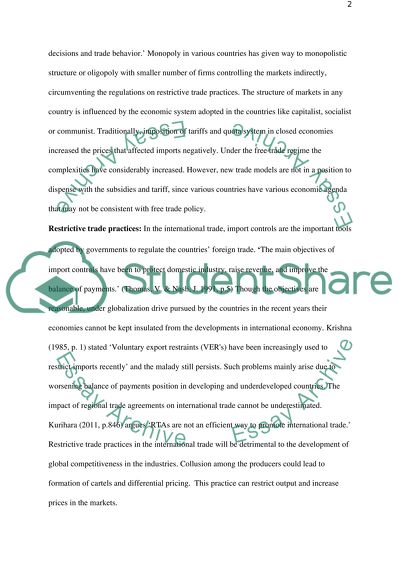Cite this document
(“Economics in an International Context Assignment - 1”, n.d.)
Economics in an International Context Assignment - 1. Retrieved from https://studentshare.org/macro-microeconomics/1494449-economics-in-an-international-context
Economics in an International Context Assignment - 1. Retrieved from https://studentshare.org/macro-microeconomics/1494449-economics-in-an-international-context
(Economics in an International Context Assignment - 1)
Economics in an International Context Assignment - 1. https://studentshare.org/macro-microeconomics/1494449-economics-in-an-international-context.
Economics in an International Context Assignment - 1. https://studentshare.org/macro-microeconomics/1494449-economics-in-an-international-context.
“Economics in an International Context Assignment - 1”, n.d. https://studentshare.org/macro-microeconomics/1494449-economics-in-an-international-context.


